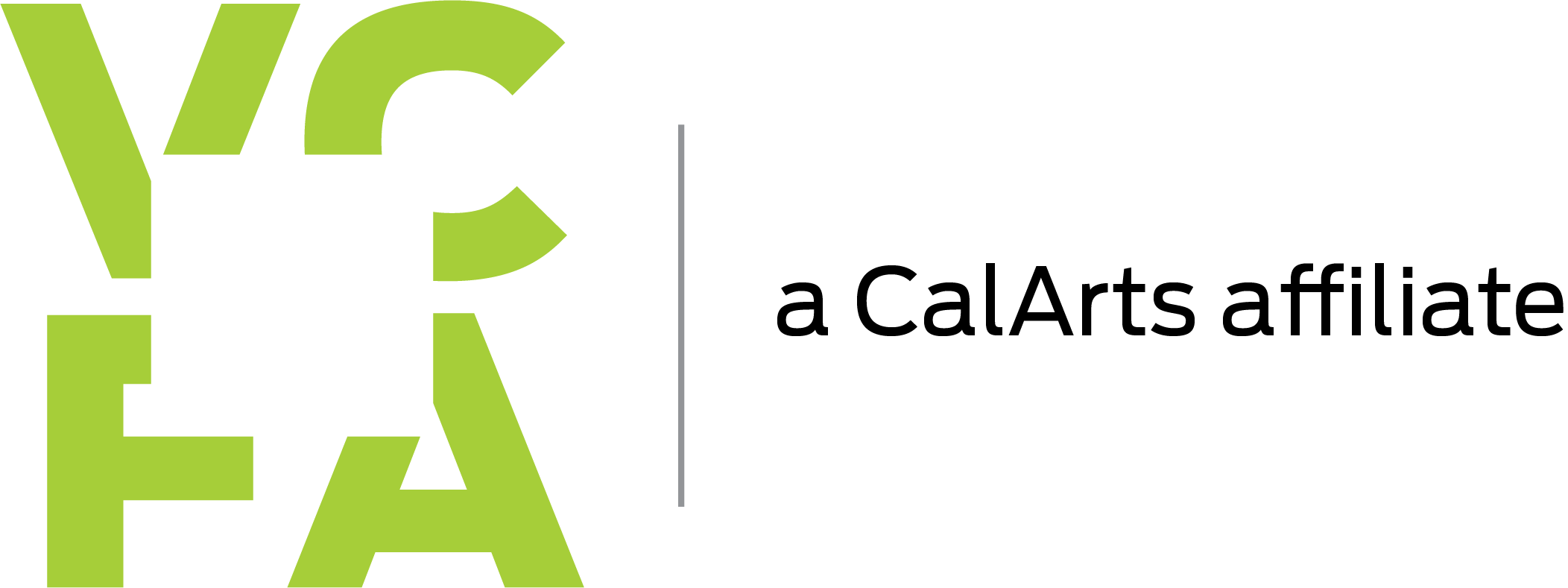Ty Chapman, 2024 MFA in WCYA
CENTER FOR ARTS + SOCIAL JUSTICE STORIES:
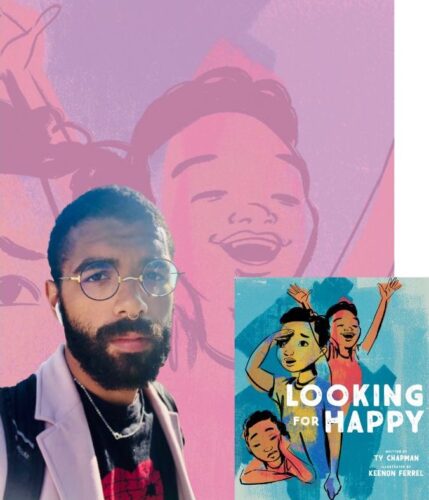 Meet writer and class of 2024 WCYA candidate Ty Chapman, one of six recipients of our 2022 VCFA Center for Arts + Social Justice Fellowship Grant. The Center for Arts + Social Justice Fellowship Grant is a $2,000 one-time award available annually to one current student in each of our six MFA programs to support their work and/or practice at the juncture of arts and social justice.
Meet writer and class of 2024 WCYA candidate Ty Chapman, one of six recipients of our 2022 VCFA Center for Arts + Social Justice Fellowship Grant. The Center for Arts + Social Justice Fellowship Grant is a $2,000 one-time award available annually to one current student in each of our six MFA programs to support their work and/or practice at the juncture of arts and social justice.
Ty Chapman is the author of the picture books Sarah Rising (Beaming 2022); Looking for Happy (Beaming 2023); and A Door Made for Me, written with Tyler Merritt (WorthyKids 2022). The Center Fellowship supported Chapman’s current work in progress, Hero of the Glade. As Chapman wrote of the project: “Hero of the Glade (working title), is a middle grade fantasy novel deeply rooted in environmentalism. Taking inspiration from a lengthy history of portal narratives, and terrific fantasy novels by Black authors, this work follows a Black boy named Terrence, from Minneapolis, who makes unexpected discoveries about himself while exploring, and protecting, a strange land. The Glade is home to all manner of strange creatures, though, most of them are displaced due to the machinations of a malevolent force. The embodiment of industrialism and eurocentrism, this force seeks single-mindedly to expand, produce, and colonize. Terrence must lean on his family’s legacy of guardianship, and stand in solidarity with The Glade’s different peoples, to thwart those that would strip the land of its magic. Of course, Terrence must balance this act of resistance with family matters and what it means to be a good friend. Easy, right?”
In the summer of 2023, VCFA spoke with Chapman about his work for children and Hero of the Glade. Read excerpts from our Q&A below.
Q: Oftentimes, the story behind a book can be just as thrilling as the book itself. How did Hero of the Glade come to be? What was the driving inspiration/force behind the creation of this narrative?
A: Listen, I promise nobody bribed or coerced me into saying this, but the WCYA program caused this book to be.
The seed of this book came from my very first residency workshop, led by Fran Wilde and William Alexander. The very first thing that came to me was a brief glimpse of a scene. Before I had a character, or a plot, or anything truly resembling a setting, I had this mental image of a preteen sitting on his front stoop, watching the bugs and animals pass by, and missing his mother.
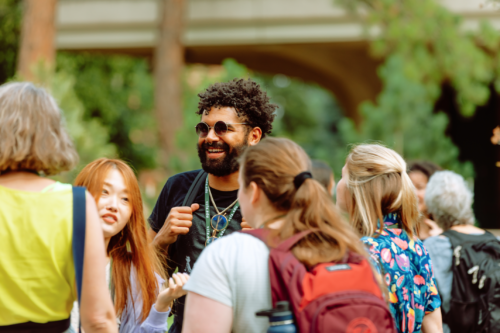
During that same residency, Nicole Thomas gave an excellent lecture titled, Black Characters in Nature Matter. Her lecture helped me to think about how my Black character might interact with the natural world. Between that lecture, and the rest of a wonderful workshop experience, the wheels were fully turning.
As the workshop continued, a book investigating environmentalism in a magical world slowly came about. At its core, I wanted this book to simultaneously depict a Black boy having a positive relationship with the natural world and investigate how one truly goes about creating meaningful change in a community.
Funny enough, I wound up working with Will in my first semester, and Fran in my second. Both faculty members pushed the work, and myself as a creative, in fun new directions. Some things about the project have shifted, very much for the better, and I’m excited to have a finished product whenever the time is right.
Q: Hero of the Glade is deeply rooted in environmentalism. Can you, one, speak to the value and importance of showcasing such topics for middle grade audiences, and two, speak to how you as an author approach themes of environmentalism and environmental activism in your storytelling?
A: I’m writing my answers to these interview questions on a summer day in Minnesota. The heat index is an abnormal 111 degrees Fahrenheit. We’re also in the middle of an intense drought and have been living beneath near-constant smoke from the wildfires in Canada. The kicker? We’ve got it relatively easy. (Those of us with homes to hide in, and time to hide with, anyway.)
For example, after Maui suffered through the “deadliest wildfire in the United States in over a century,” predatory buyers quickly began seeking to buy up the razed property of native folks at below-market prices. Imagine losing almost everything you own, only to have vultures flock to your property, trying to obtain it for pennies on the dollar.
I’m doing my best to speak to environmentalism (or some fantastical form of it) with a middle grade audience, because we can’t afford to not talk about it. And a tragic number of adults seem wholly unwilling to interact with the reality we’re living. There’s a pandemic of defeatism spreading rampant through western society, and it’s swiftly strangling the planet—humanity right along with it.
I never want to be the type of adult that sits back and says “eh, the kids will save us.” That lazy practice is a huge piece of our many problems. But I want to do my small part to try to influence kids and their families. To encourage them to think communally, instead of individually. Because that’s how we create large-scale change.
Writing in any proximity to environmentalism is a new undertaking for me. I’ve long written about social justice issues and the Black experience in America, but it wasn’t until I realized how intertwined those issues are, that I truly felt qualified to write to/for the environment. As the climate crisis worsens, it’ll continue to be BIPOC communities and countries that suffer the brunt of the consequences.
For example, it’s scientifically proven that trees and vegetation help keep temperatures down, even on a rapidly warming planet. If you live in a city, go drive through the low-income communities where many BIPOC folks have been forced to live due to redlining and other forms of oppression. Count the trees. Consider how much quicker these communities will heat up. How much faster “food deserts” will tun out of resources.
Stepping off my lil’ soap box, stories rooted in environmentalism and other forms of activism, written for a young audience, are important because we need to be having these conversations at any and every age. They’re important because story has a tricky and subversive way of breaking down the mental walls that keep new ideas away. They’re important because young people are often at the front lines of revolution and changemaking, no matter how our society might tend to demean and shelter them.
Sometimes the conversation might look like a poem; or hopping on a soap box mid interview. Often, it’s having a heart to heart with the young people in your lives. And sometimes it’s writing a fantasy novel that kids can get lost in, as they explore the abundant magic the natural world has to offer.
Q: We’d love to learn more about your main character, Terrence. How do you hope Terrence and his journey will impact your readers?
A: Terrence! He’s a cool kid. He’s a big feeler. Honestly, he’s probably the subconscious amalgamation of a ton of Black boys I’ve worked with over the years, including myself. (An Afro-Frankenstein? Nah, I’ll save that for later.)
He’s deeply concerned with showboating and playing the part of the hero; of controlling whatever he can in his environment, even as he feels everything else is falling apart. Perhaps because he feels everything else is falling apart. But at his core, he’s just like any other kid. He wants his mom to come home. He wants to find his best friend and talk through their middle school drama.
In my most ideal world, once this thing is finished, polished, and published, I’d like for young readers to really sit with Terrence’s journey. How he tries and fails to change his world, and the world of The Glade, on his own. I’d love for young readers to learn from his mistakes, and lean into community; its boundless strengths, complications, and potential to create lasting change.
Q: The Center roots itself in work at the intersection of arts and social justice. What advice would you give to your peers in the kidlit world looking to write in the arts and social justice space?
A: I think the biggest piece of advice I can give is don’t be afraid to write that controversial book. Because, especially in this particular moment in U.S. history, young people don’t need books that “play it safe.”
This is not to say all books must be social justice focused—there’s more need for entertainment and escapism than ever, I’d argue. (And certainly, my total playtime on my favorite video games would corroborate such claims.) But for folks looking to write toward social justice, I’d humbly suggest thinking exclusively of your young reader throughout the creation of the work, because it’s easy to lose sight of that goal in the mess and politics of drafting and publishing.
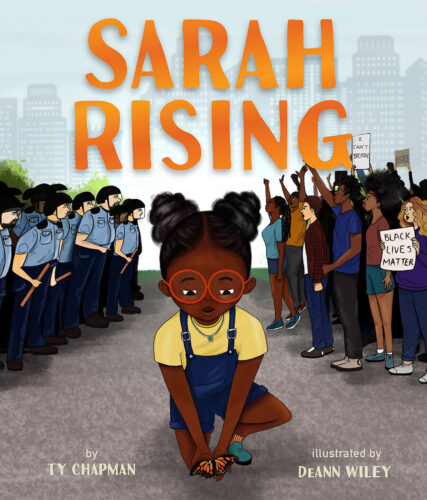 It’s been my experience that when one writes honest social justice focused stories for young people, armies of adults come out of the woodwork to tell you all the ways the work is “too much” for kids. (You know, the same kids hearing/seeing lord knows what on YouTube, Roblox, and Fortnite. Yeah, them kids.) But truthful jokes aside, I’m not just talking about blatant censorship, here. I’m talking about everything else that comes with the territory of making difficult subjects accessible for young folks. The reviews that claim you’re seeking to traumatize the youth with subject matter they’re surely already discussing in the lunchroom at school. The gigs that ask you not to read THAT book. The fun comments (oh yeah, never read the comments) that say something along the lines of, “this book about police brutality is bad. What about the cop’s feelings? Hmm? Did you even consider those?”
It’s been my experience that when one writes honest social justice focused stories for young people, armies of adults come out of the woodwork to tell you all the ways the work is “too much” for kids. (You know, the same kids hearing/seeing lord knows what on YouTube, Roblox, and Fortnite. Yeah, them kids.) But truthful jokes aside, I’m not just talking about blatant censorship, here. I’m talking about everything else that comes with the territory of making difficult subjects accessible for young folks. The reviews that claim you’re seeking to traumatize the youth with subject matter they’re surely already discussing in the lunchroom at school. The gigs that ask you not to read THAT book. The fun comments (oh yeah, never read the comments) that say something along the lines of, “this book about police brutality is bad. What about the cop’s feelings? Hmm? Did you even consider those?”
Unfortunately, this all comes with the territory when writing work that challenges the views and beliefs of others—which, I believe, is inherent to creating work that helps create change. If anything, such reactions further emphasize the importance of the work. At least from my perspective. The sad reality is that terrible things happen in the world, and in our communities, every day. Young people need safe spaces to interact with such realities and investigate their feelings surrounding them. Ideally, this work would transpire with a trusted adult—but sometimes adults need a little help to start that conversation (books!) Sometimes, kids don’t have adults that are safe to talk to about controversial issues, and need an alternative to access new ideas that challenge their worldview and constructed environment (BOOKS!)
Also, this might go without saying, but as always, consider your lens as well. “Why am I writing this story? Should I be writing this story, or is this actually a different community’s story to tell?”
Q: In addition to your recently published books, you have forthcoming work as well. Can you tell us a little more about what you’re working on now? What can readers look forward to next?
A: Yes! Too much? Perhaps!
In terms of what I’m working on now, despite being on a brief break this semester while I see to my critical thesis and experiment with a YA verse novel, Hero of the Glade remains my primary focus. There’s still a lot of work to be done on that manuscript, and I’m excited to wade back into it. I also have a couple fun collaborations I’m currently tinkering with.
In 2024, I’ll have a few projects coming out with various publishers. My dear friend John Coy and I have written a biographical picture book about a historical basketball player that will publish with Lerner Publishing Group. Tartarus, my debut poetry collection (for adults,) is set to publish Spring 2024 with Button Poetry. I’ll also be publishing my next solo (and currently unannounced) picture book about a young boy finding his voice through rap music. Additionally, I often have the occasional work-for-hire project being published here and there.
I also have some projects lined up for 2025 that I unfortunately can’t speak on at the moment. But follow me on socials to keep up with the work if you feel so inclined! Details coming “soon!”
Q: How can readers/VCFA community members best keep up with you and your work?
A: I be around! I’m very reachable through social media and Discord and such.
Through my website, folks can easily find my previous publications, as well as the services I offer as an author; my contact information is not available through my website, but my agents’ are.
To get in contact with me and/or keep up with the work, please find me on social media and/or sign up for my newsletter!
Website (and newsletter:) https://tychapman.org/
Instagram: Ty_ChapMN
Threads: Ty_ChapMN
Facebook: TyChapMN
